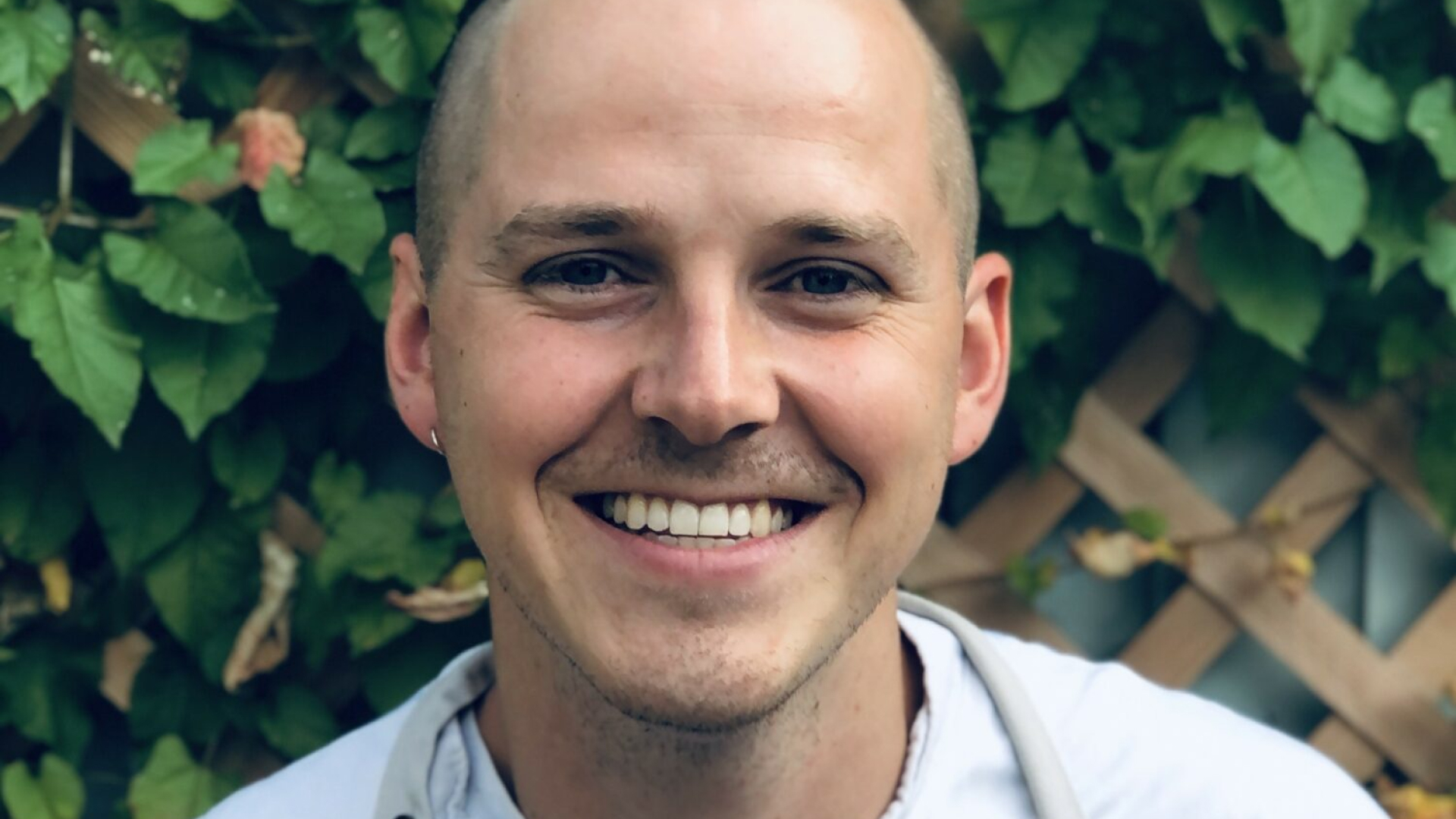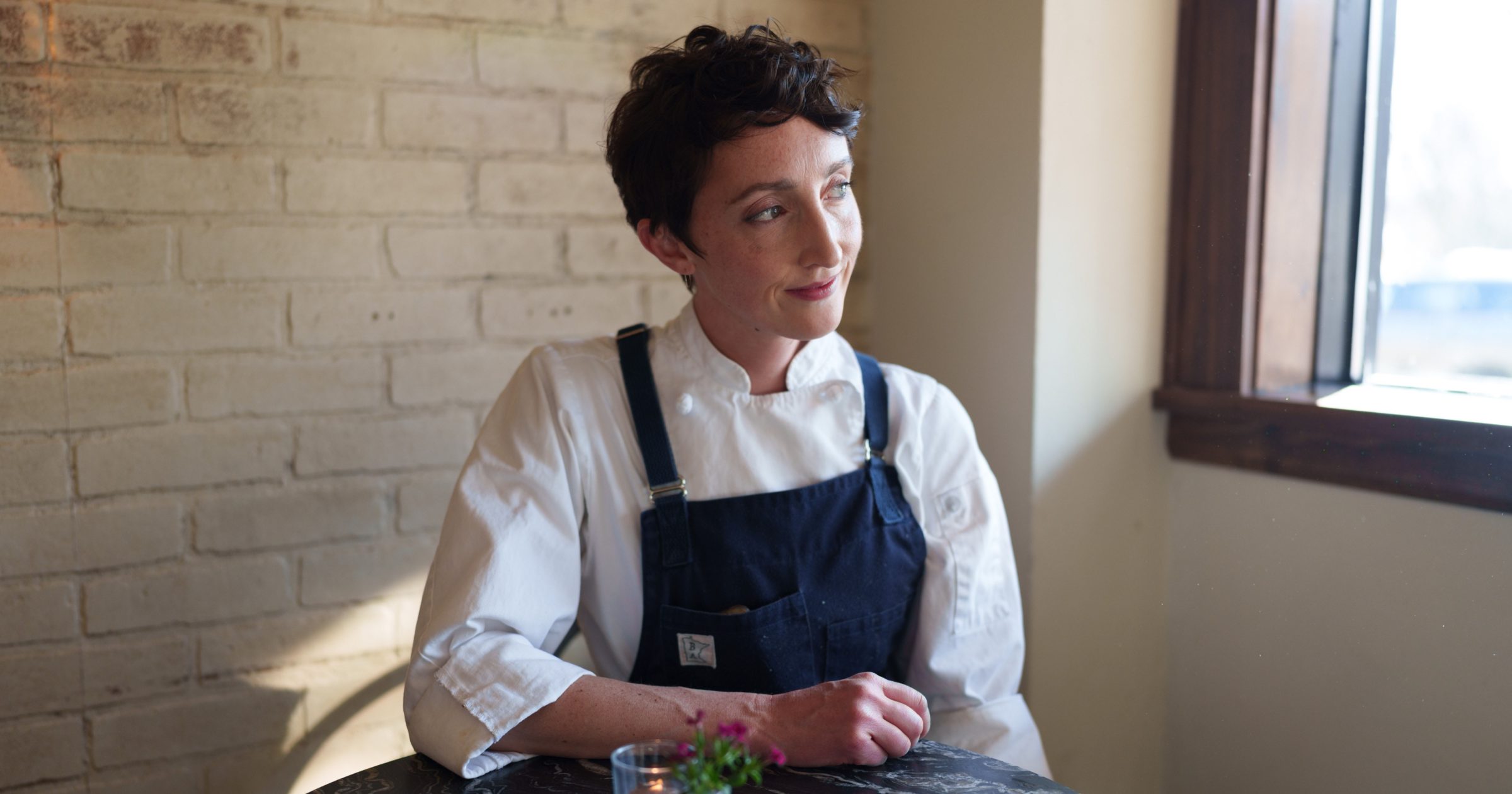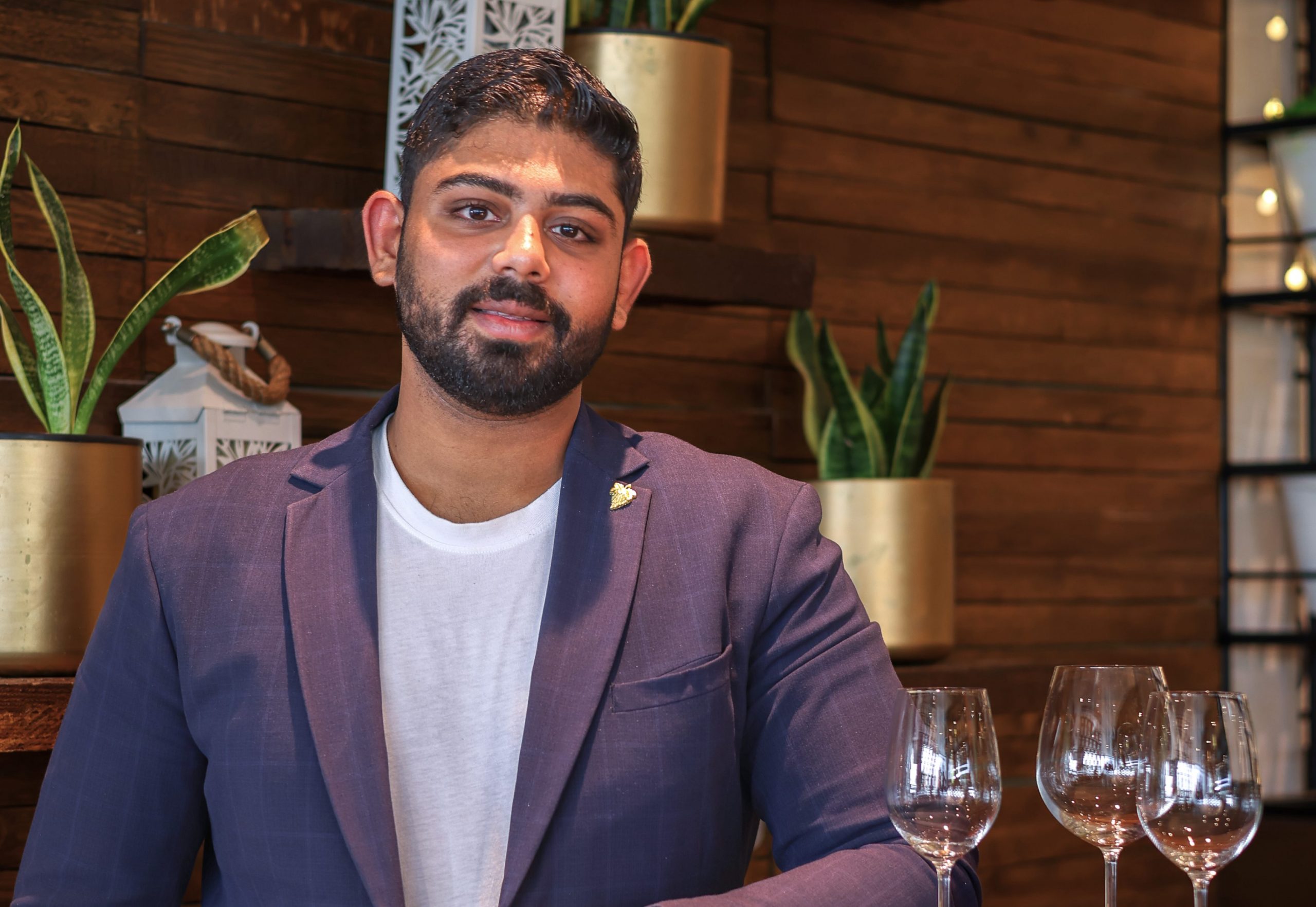5 Questions with Kirsten Kirby Shoote
Kirsten Kirby Shoote doesn’t feel like an activist, but they are all about changing the status quo, whether it’s pushing for cultural responsibility or bending farming laws in the name of sustainability. As an urban farmer, seed keeper, and member of the Tlingit Nation, Kirsten works to uplift indigenous food and ensure its long-term preservation. This month, they talked to us about food sovereignty, their recent “emboldening” experience at Academy, and how the trip to Copenhagen sparked some surprising connections to explore back home in Detroit, Michigan.
What exactly is food sovereignty and what does it mean to be a food sovereignty activist?
It’s the ability to determine one’s food, where it comes from, and the relevance it has to a specific community. In North America, indigenous food sovereignty comes down to regionality and a tribe’s ability to determine their own food sources and how those sources are cared for. So, in essence, how our land, waterways, and even the air we breathe are taken care of – all of this interweaves into food sovereignty.
I don’t necessarily consider myself an activist – it’s funny that anything rebelling against the norm is considered activism. But I do think the growing and making of food is a radical act that’s extremely spiritual and loving. And I like to see myself as a steward of this act that allows us to take care of one another.
You’ve just returned home, likely with a lot to process, but what was your favorite part of the Academy week?
I really enjoyed meeting Johanne [Schimming], the way that she operates and her entire approach to sustainability [at Hegnsholt farm]. When it comes to personal sacrifice, which is a huge part of the sustainability conversation that’s often missing, people don’t understand just how much we have to give to create a better system for all of us. I also like that she invites politicians out to the farm, knowing they can stand in the way of progress, so she can show them proof that the status quo isn’t working.
I raise an indigenous Muscovy duck here in Detroit where it’s still very strict around raising livestock. It’s strange that we’re allowed to consume as much meat as we want but God forbid we’re connected to our food and understand where it comes from. The experience [at Hegnsholt] definitely emboldened me to push for more policy change here.
What was the biggest takeaway from Academy for you, and is it something that you’ll apply to your own urban farm, Leilú Gardens?
“It was refreshing to hear all the different ways people are implementing sustainability into their own work. One classmate, Tru [Lang], cultivates a really close relationship with the pig farmers that supply his restaurants, which gives him a much clearer picture of the environmental impact. It’s an incredibly simple act yet such a valuable interaction. It made me realize that I need to work on explaining to restaurants what I grow and why I grow it. Fig leaves, for example, are something everyone is talking about right now; how amazingly floral and nuanced they are for culinary applications. But people still don’t really know how to use them, so there’s so much waste.
I also realized I need to explain what else I can grow so local restaurants don’t have to ship from the other side of the country, such as fiddlehead ferns, berries, or ‘The Three Sisters’– corn, beans, and squash–which are kind of the main pillars of indigenous food. These three plants came up from Mesoamerica and have now spawned so many different varieties.
Waste is a big topic covered in the Environment & Sustainability program. Were any of the lectures or conversations on that surprising to you?
It’s funny because I hadn’t even considered that waste isn’t negative and that it’s actually waste that’s the solution to our sustainability crisis. The ways we reuse items that we think of as waste is what’s ultimately going to save the industry. Also, I loved just how practical and real people are about waste. People like Doug [McMaster] recognize that it takes a lot more than being a dreamer for things to change.
Speaking of people being real, did you make any good connections while you were here?
I’ve met a lot of great people from abroad, but I never thought I’d be able to connect with people from my own country around this conversation – we’re just so separated in many ways in the US. But then I met Saejin [Chang] a pastry chef who lives in my old hometown near Portland, Oregon. She’s opening a new bakery and I’m now trying to figure out how I can go over there and support her. It’s also more than social connections, it’s been really useful for working out practical realities, like together discussing how we can make systems that work here in Europe, financially and legally viable in the US.




